HOW TO ORDER REPLACEMENT PARTS
To order replacement parts, contact our Customer Service Department or write:
Shanghi Newlife Fitness Equipment, Inc.
Customer Service Department
Room 504, No. 16, Lane 1030
YanAn West Road
Shanghai, 200052, PR China
Tel:
800-820-0915
Before calling, please note the following information
???the MODEL NUMBER of the product (NATL82205.0)
???the NAME of the product (NORDICTRACK 1900i treadmill)
???the SERIAL NUMBER of the product (see the front cover of this manual)
???the KEY NUMBER AND DESCRIPTION OF THE PART(S) (see the EXPLODED DRAWING and PART LIST attached in the center of this manual and on pages 30 and 31)
LIMITED WARRANTY
Shanghi Newlife Fitness Equipment, Inc. (Newlife), warrants this product to be free from defects in workman- ship and material under normal use and service conditions. The drive motor is warranted for five (5) years after the date of purchase. Parts and labor are warranted for one (1) year after the date of purchase.
This warranty extends only to the original purchaser. Newlife's obligation under this warranty is limited to replacing or repairing, at Newlife's option, the product through one of its authorized service centers. All repairs for which warranty claims are made must be pre-authorized by Newlife. This warranty does not extend to any product or damage to a product caused by or attributable to freight damage, abuse, mis- use, improper or abnormal usage or repairs not provided by an Newlife authorized service center; prod- ucts used for commercial or rental purposes; or products used as store display models. No other war- ranty beyond that specifically set forth above is authorized by Newlife.
Newlife is not responsible or liable for indirect, special or consequential damages arising out of or in con- nection with the use or performance of the product or damages with respect to any economic loss, loss of property, loss of revenues or profits, loss of enjoyment or use, costs of removal or installation or other consequential damages of whatsoever nature. Some states do not allow the exclusion or limitation of in- cidental or consequential damages. Accordingly, the above limitation may not apply to you.
The warranty extended hereunder is in lieu of any and all other warranties and any implied warranties of merchantability or fitness for a particular purpose is limited in its scope and duration to the terms set forth herein. Some states do not allow limitations on how long an implied warranty lasts. Accordingly, the above limitation may not apply to you.
This warranty gives you specific legal rights. You may also have other rights which vary from state to state.
Shanghi Newlife Fitness Equipment, Inc.
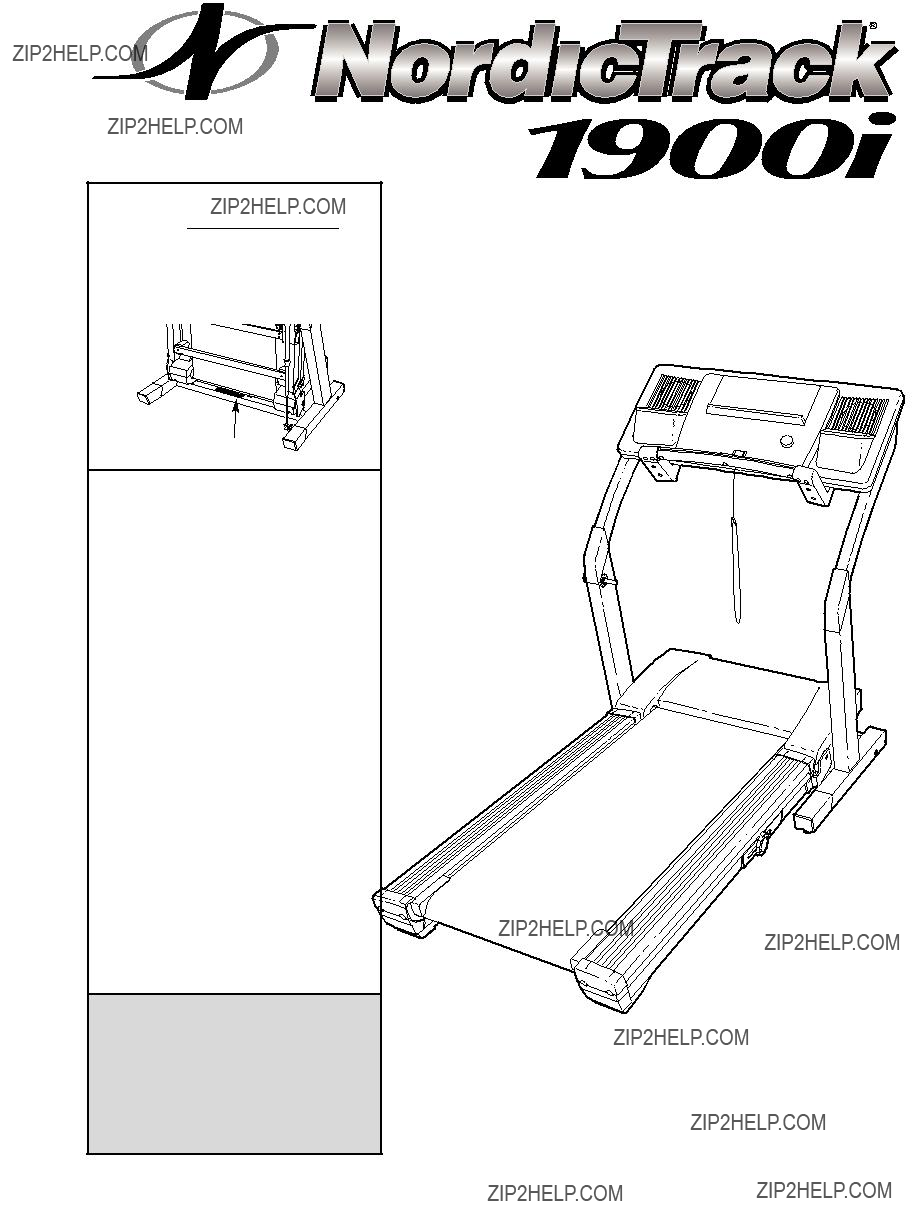
 CAUTION
CAUTION


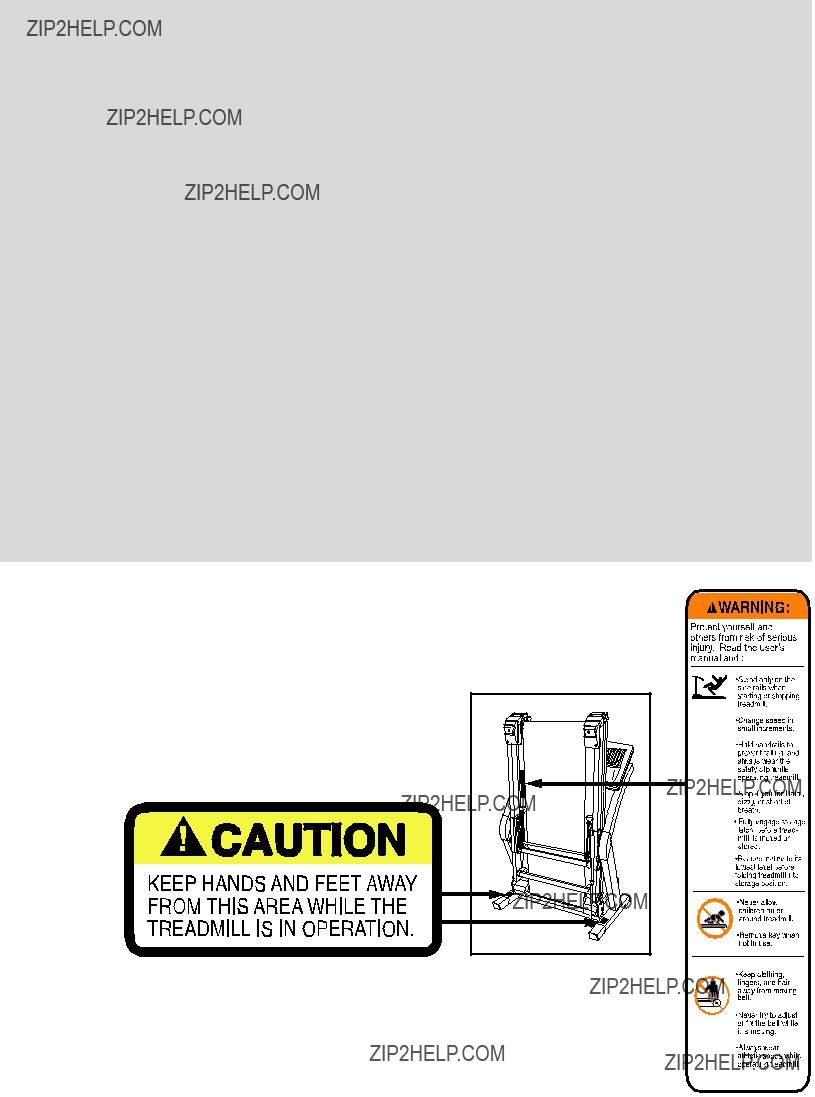

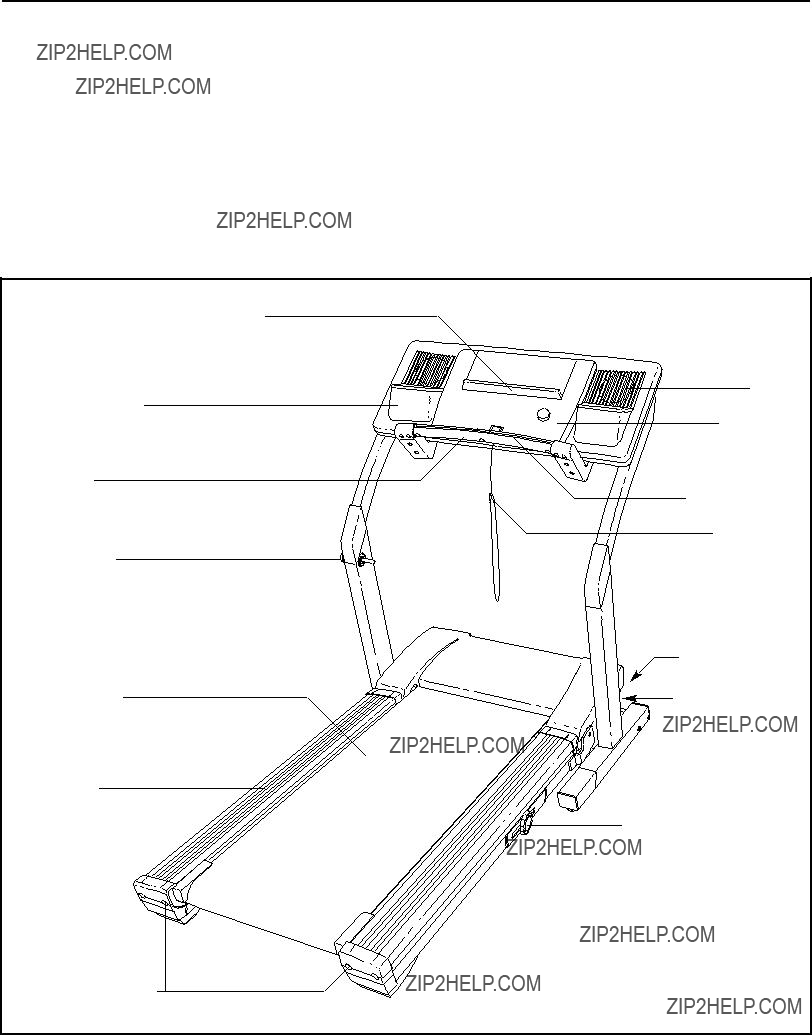
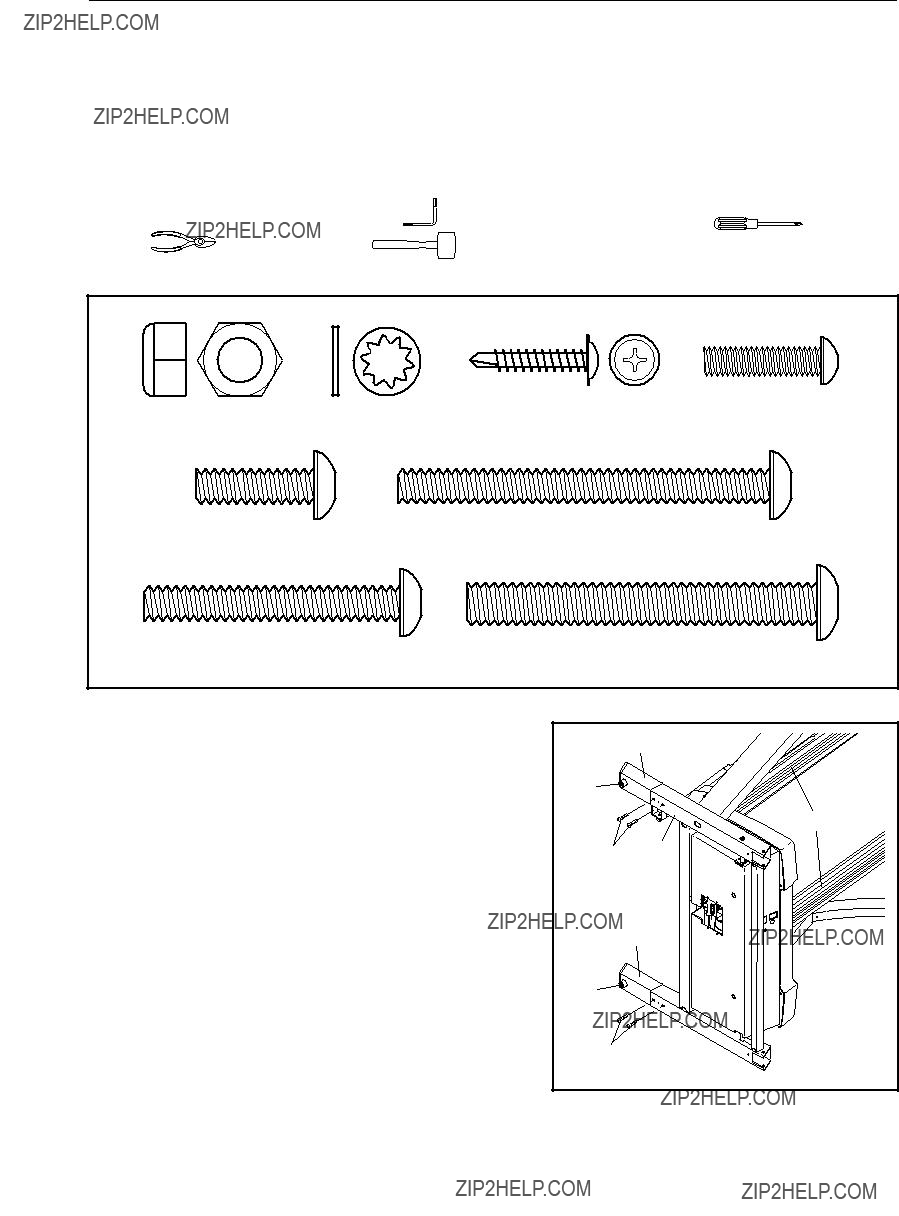
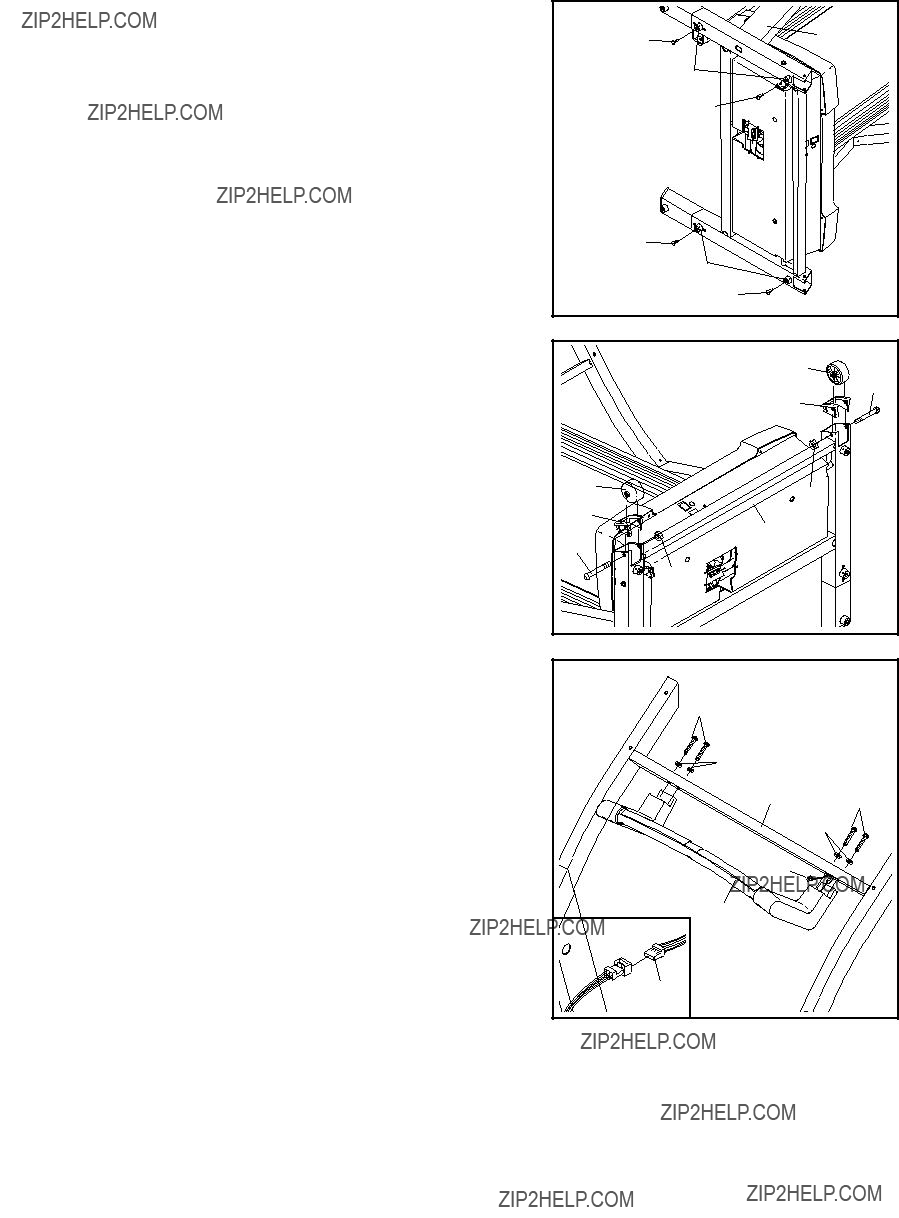
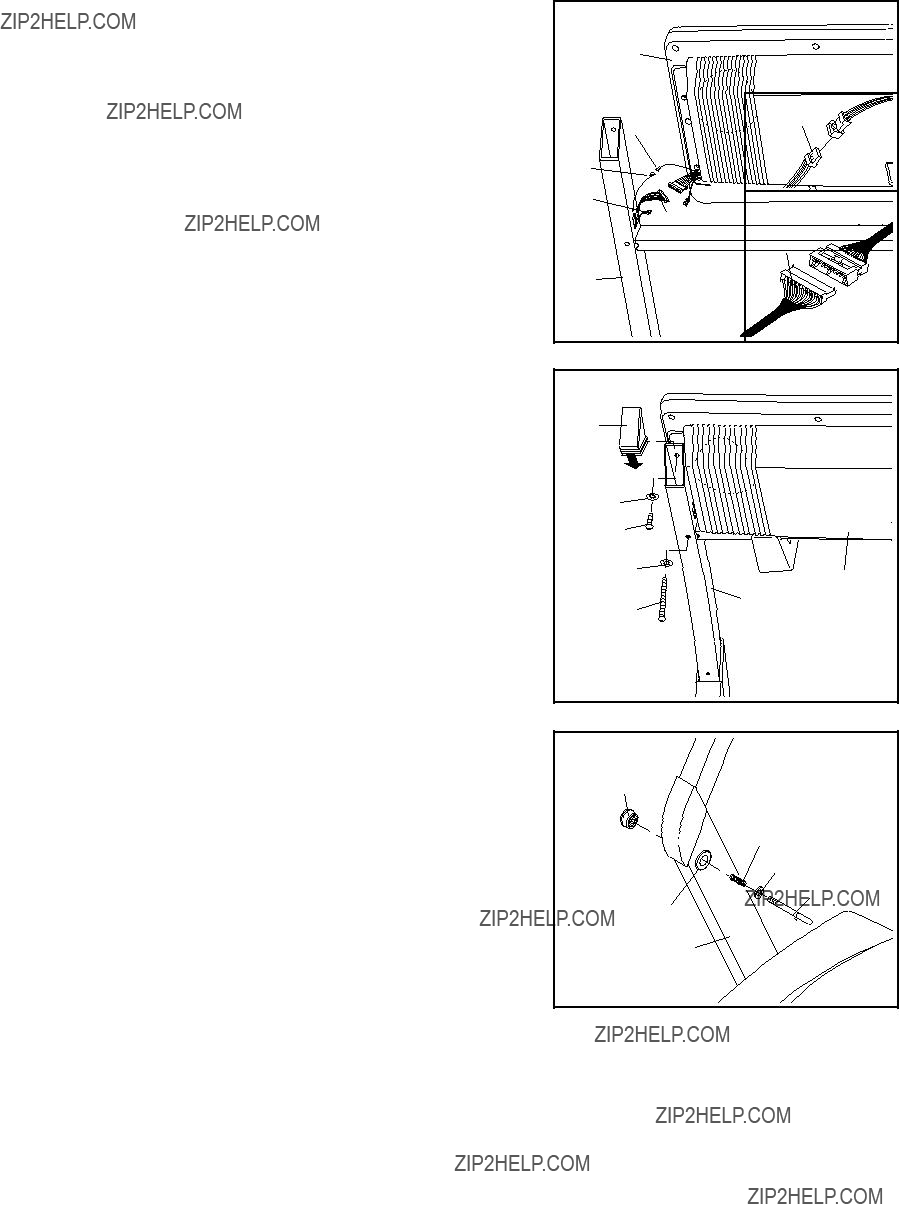
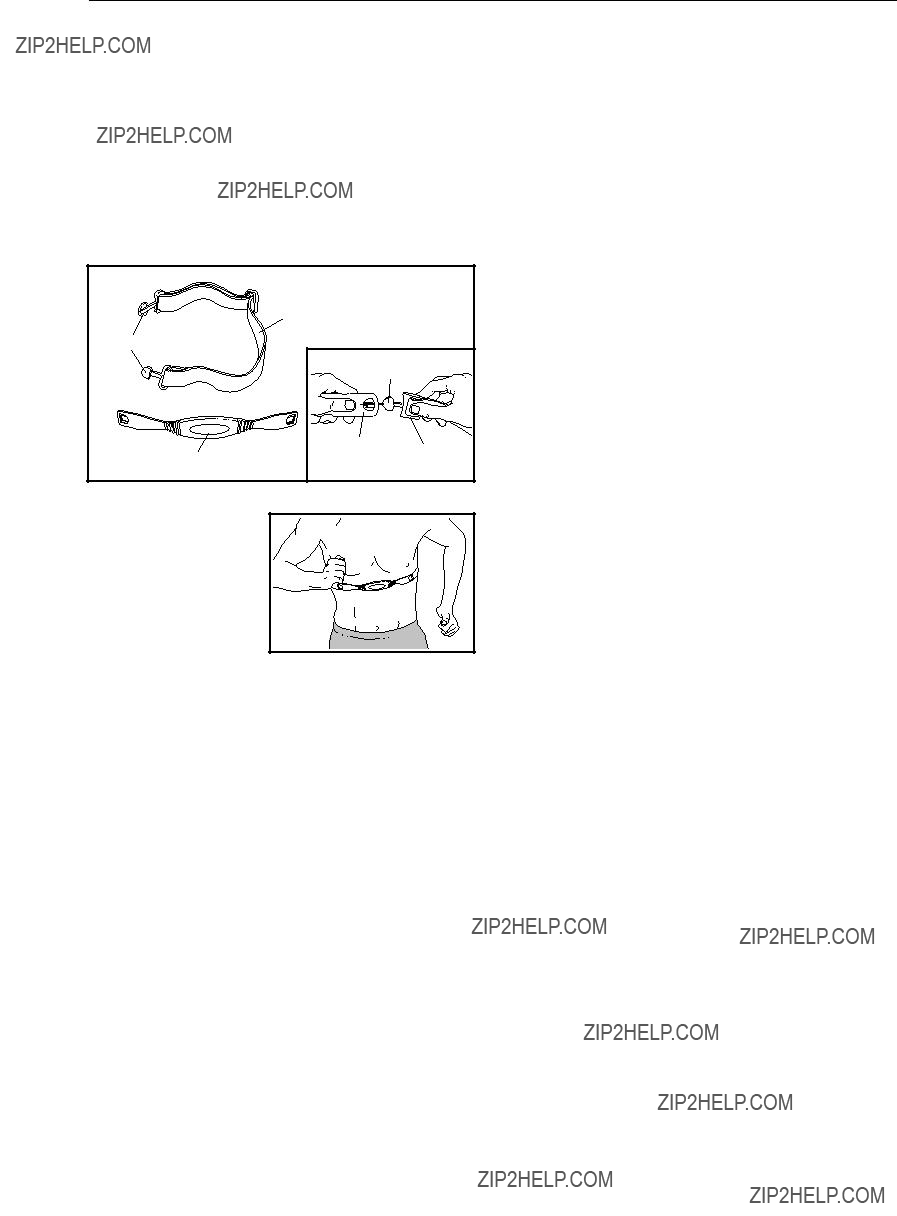
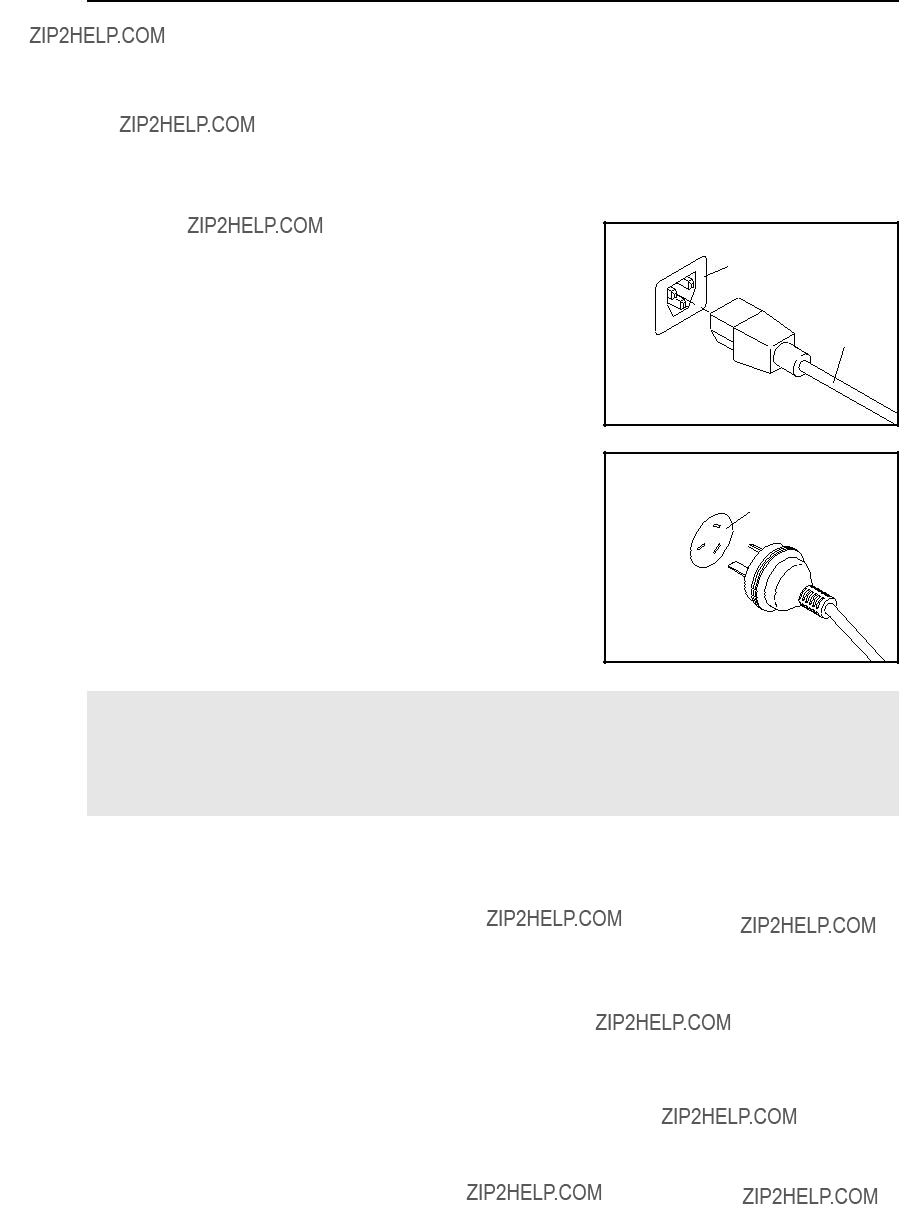

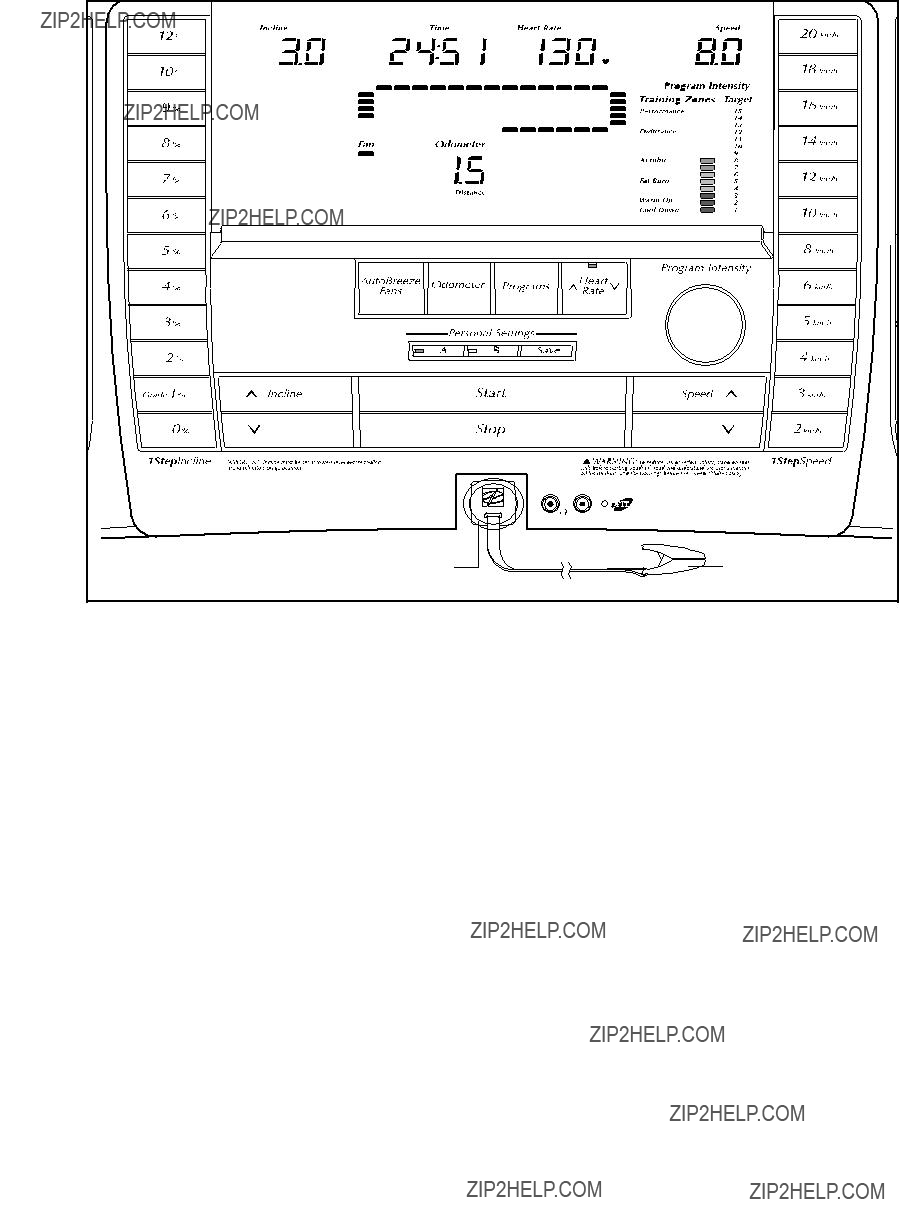
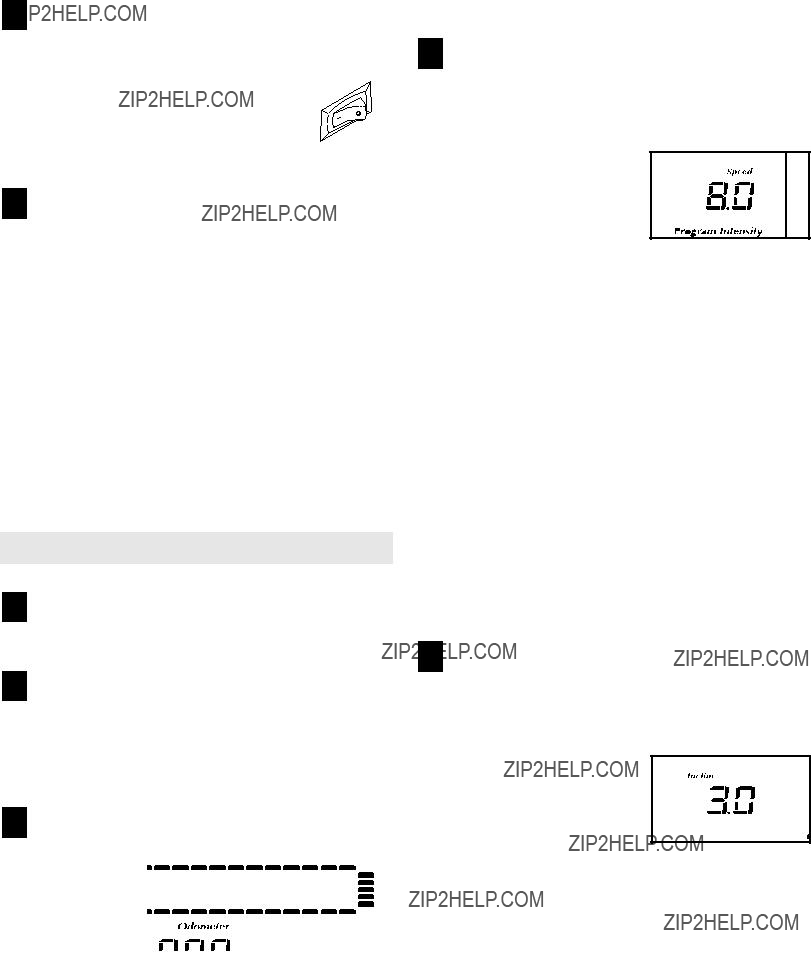
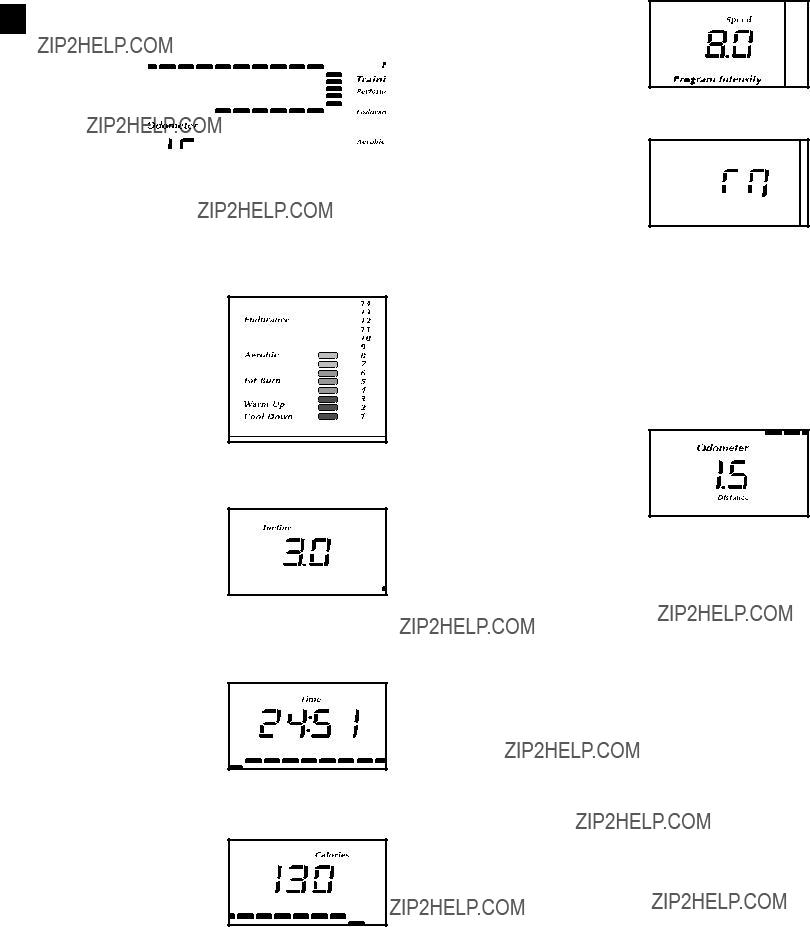
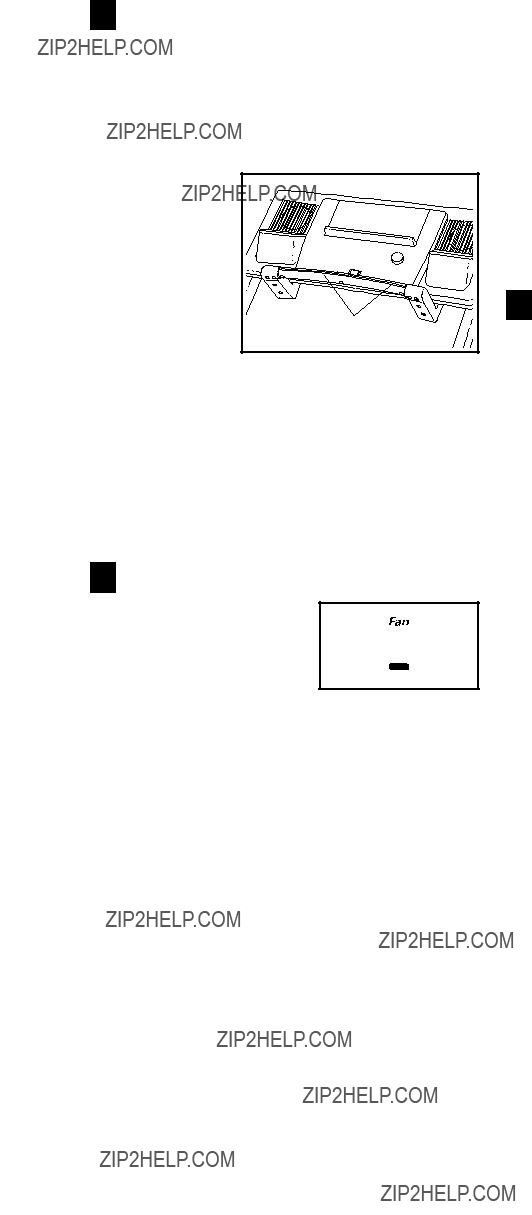
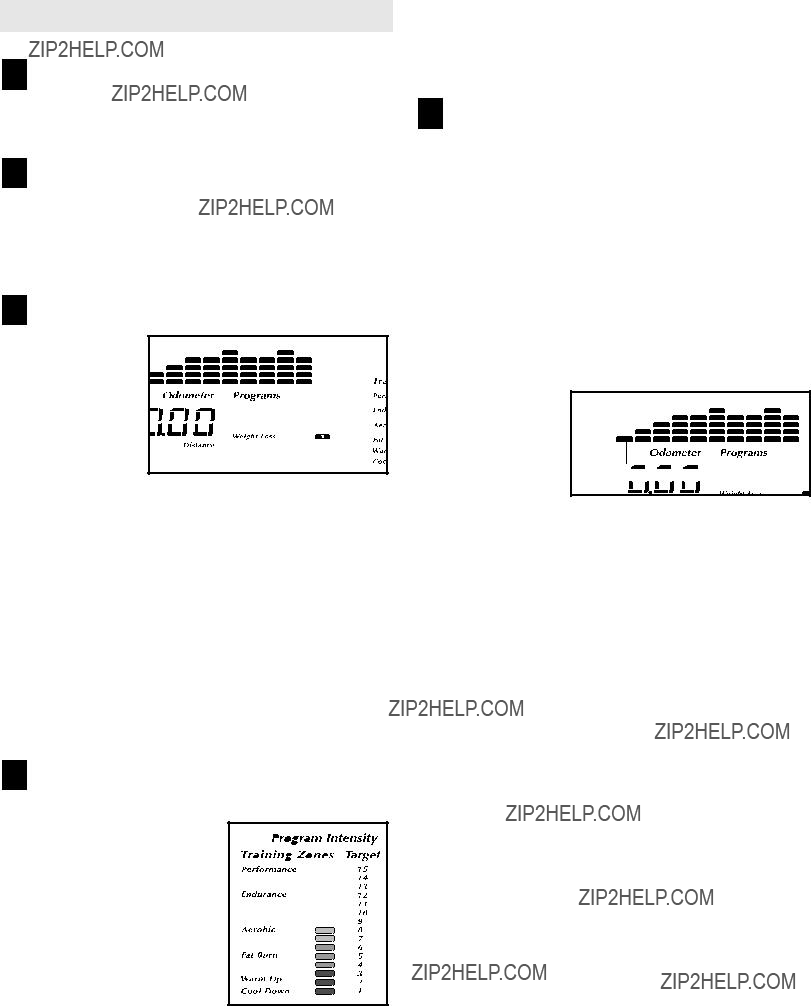

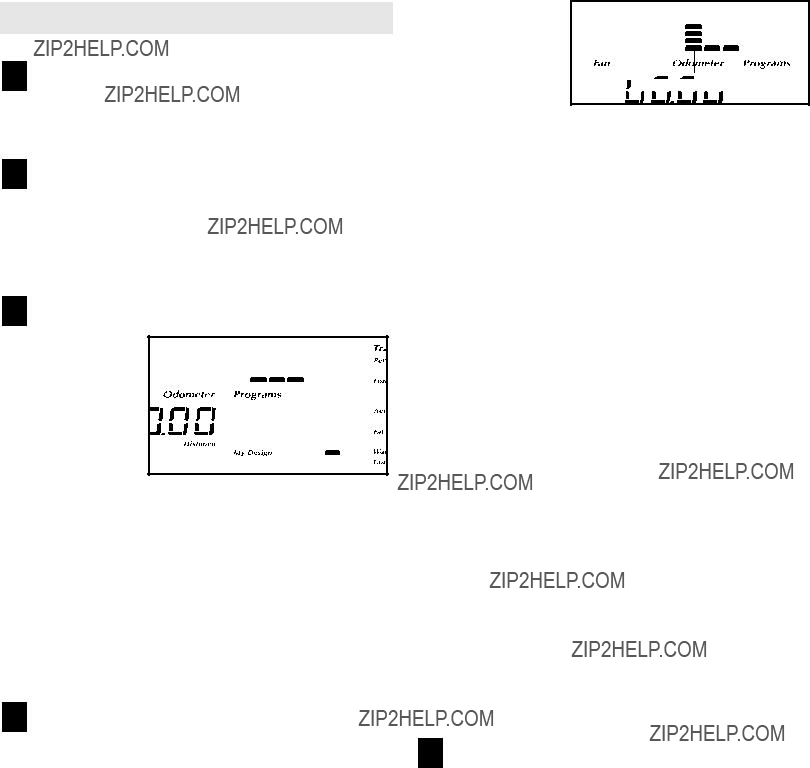
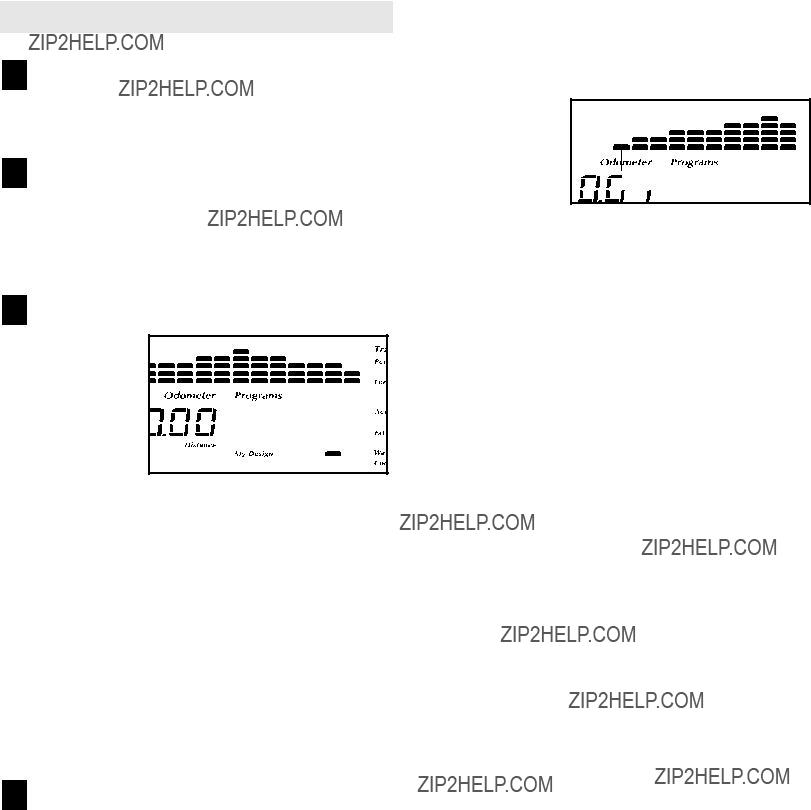
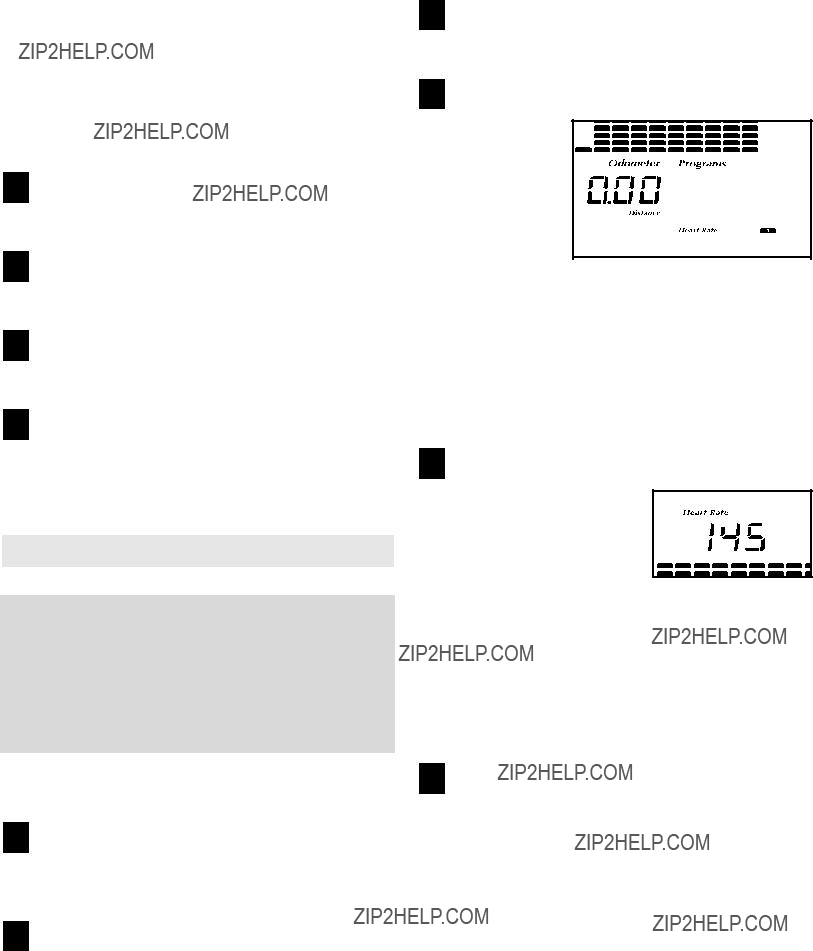


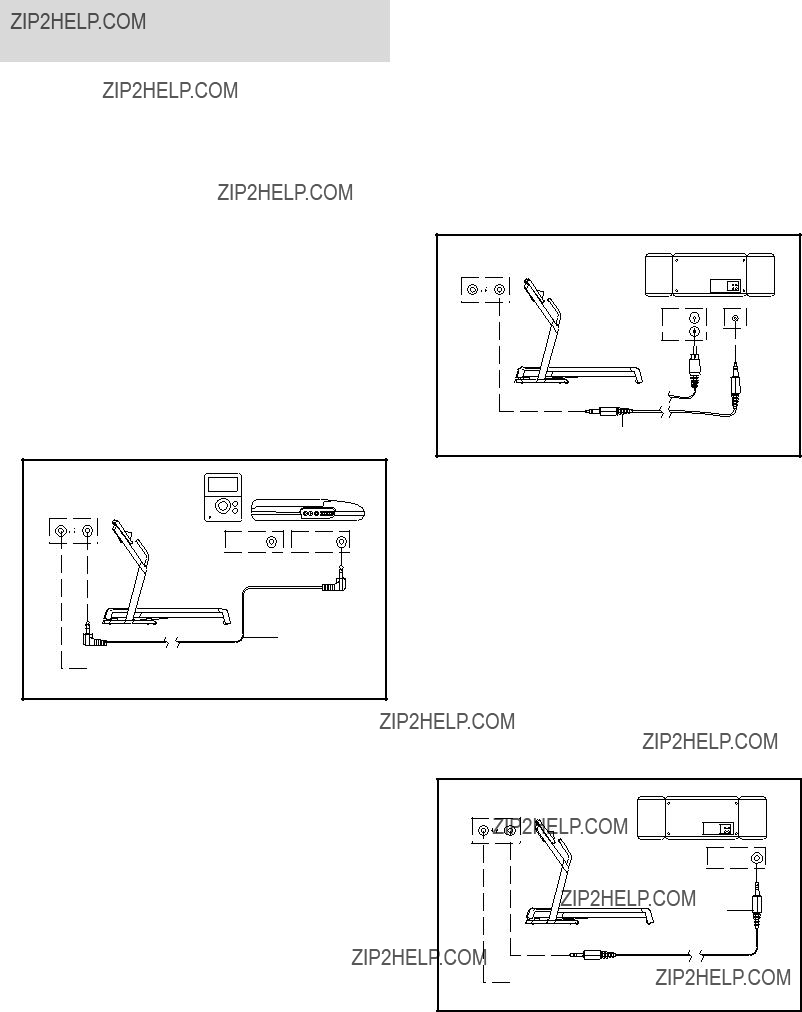
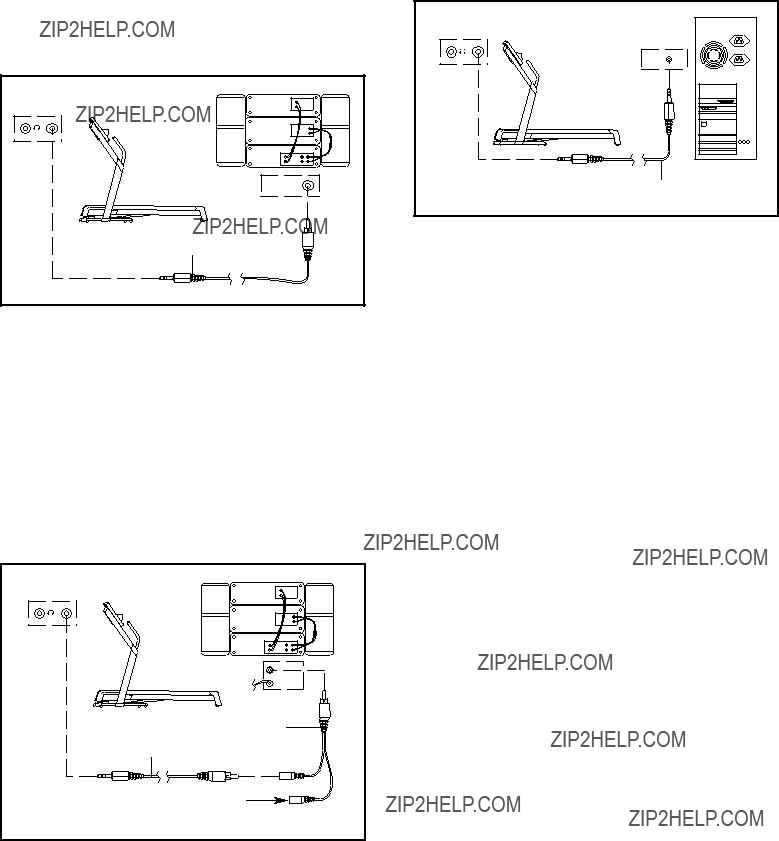
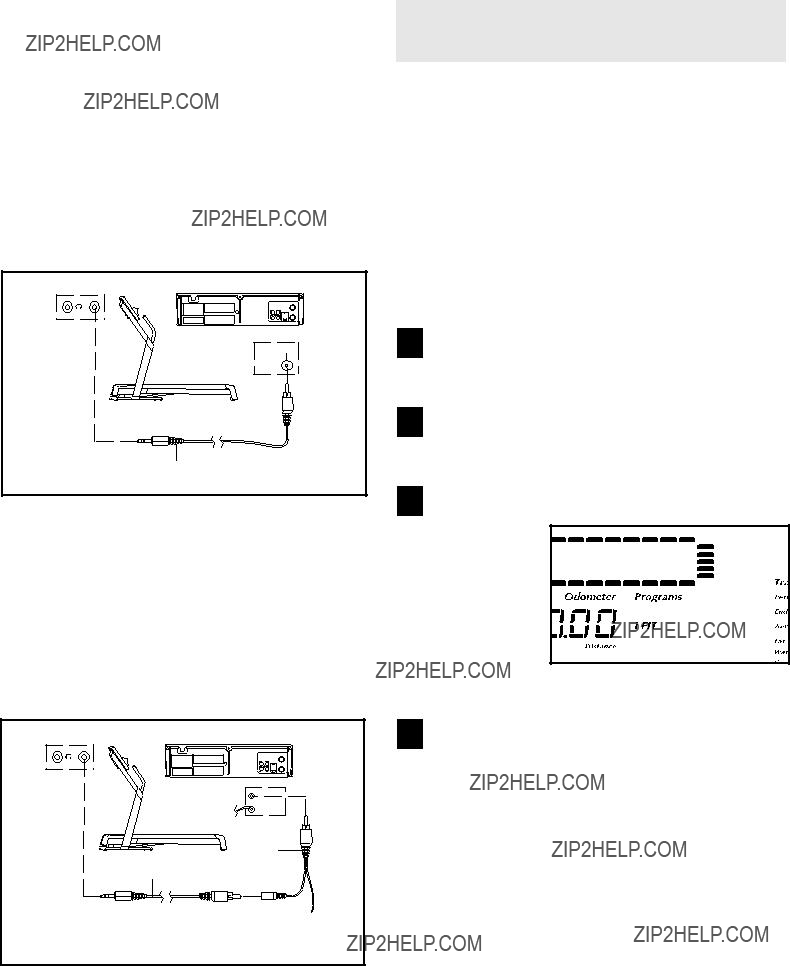



 AUDIO OUT jack
AUDIO OUT jack

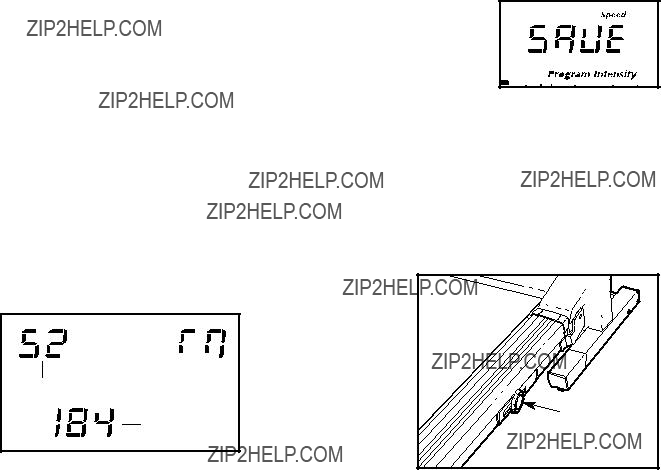
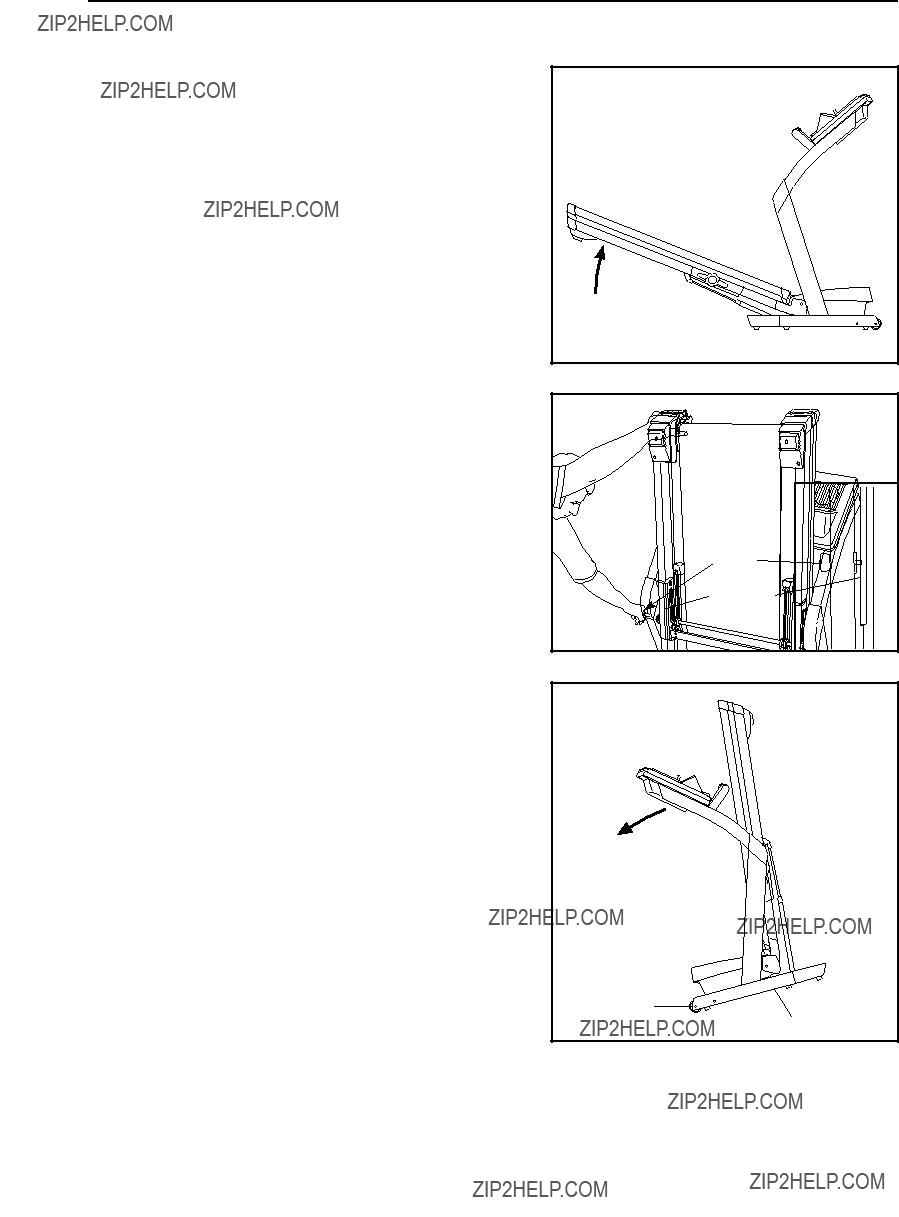
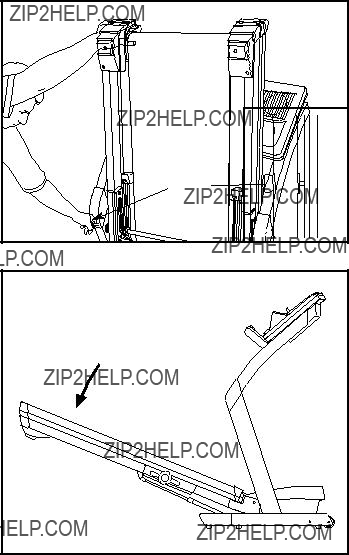
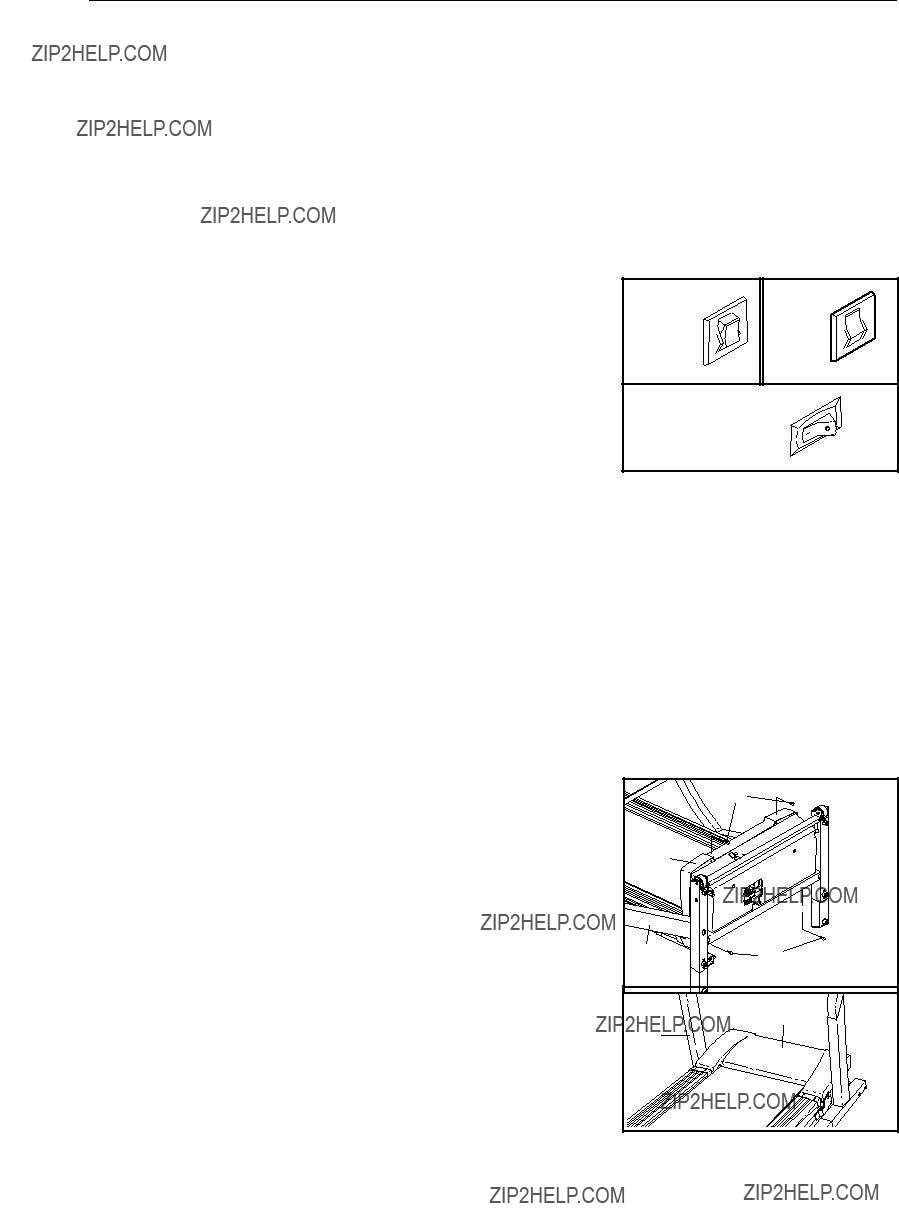

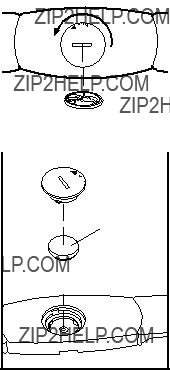
 Gasket
Gasket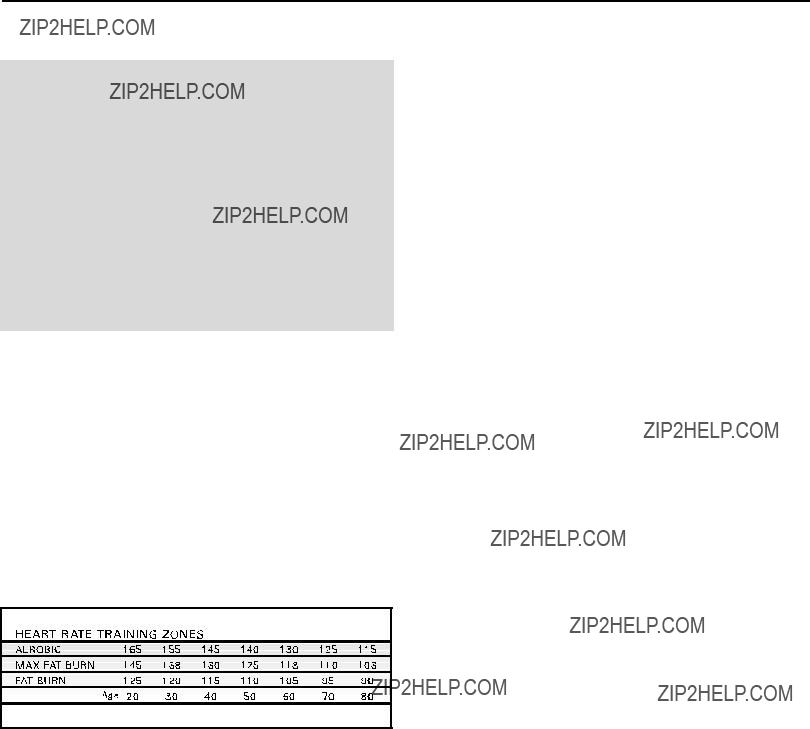



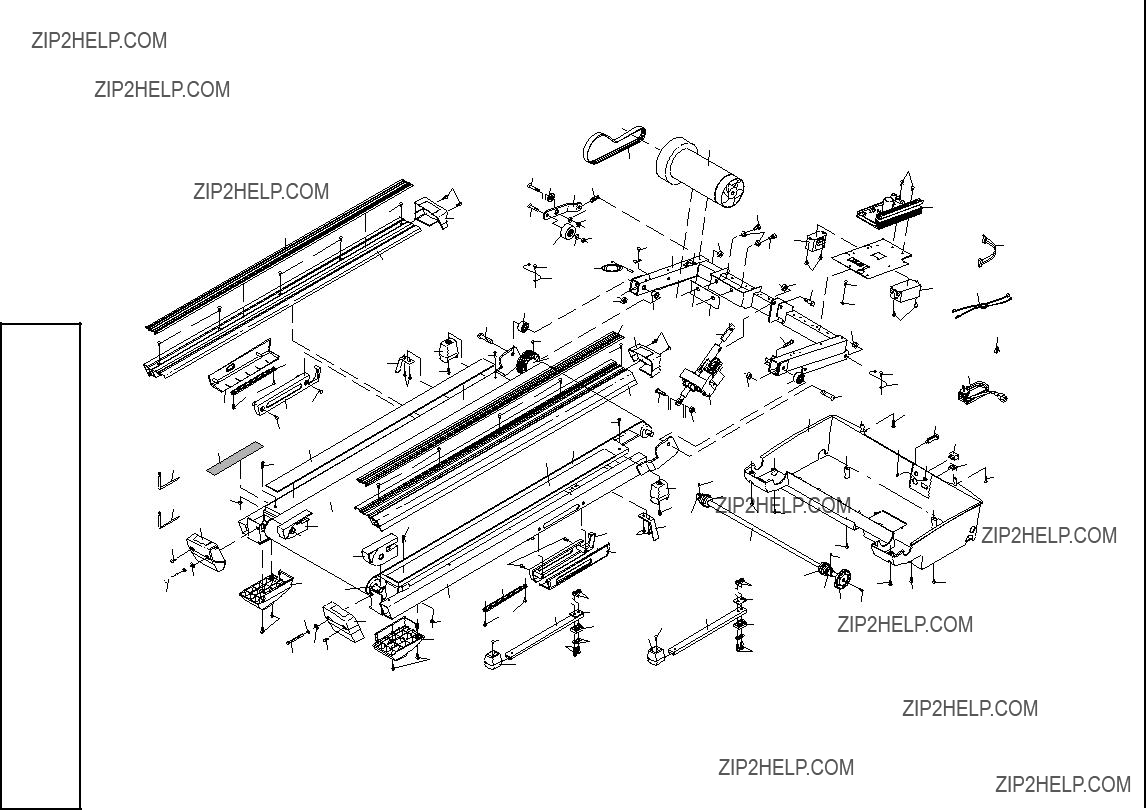



 72 59
72 59 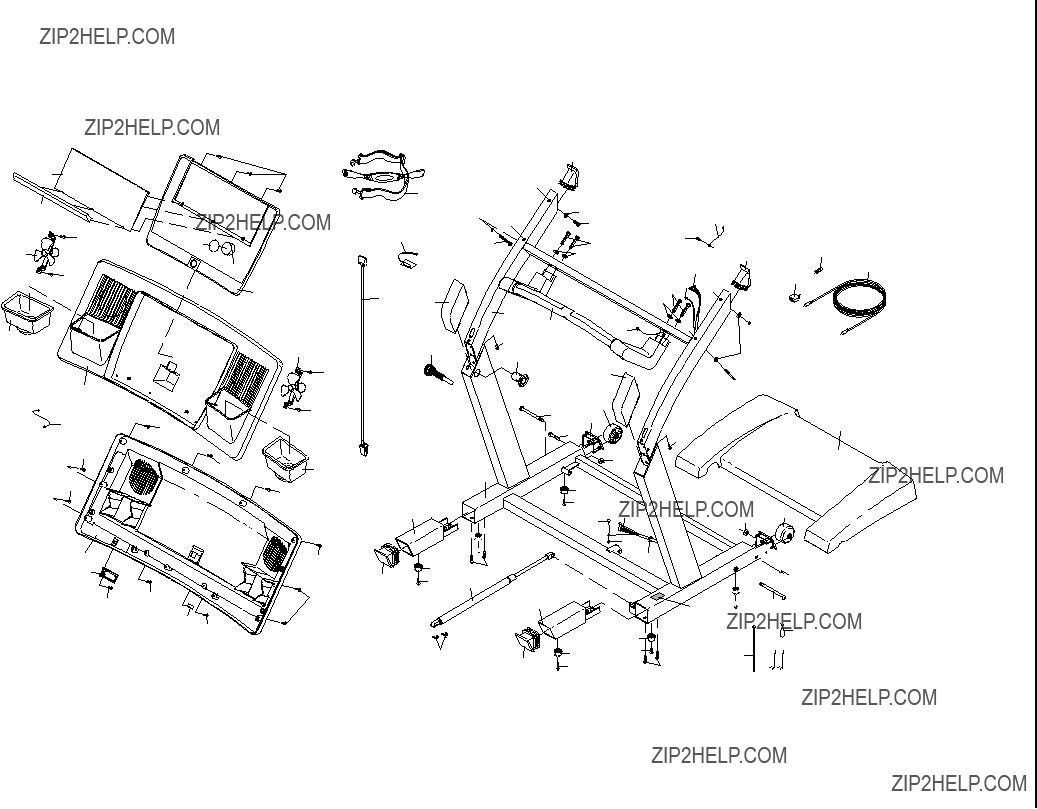

 64
64



 148
148 



 106
106
 78
78

 101
101

 94
94  99
99 148 93
148 93
 27
27


 91
91